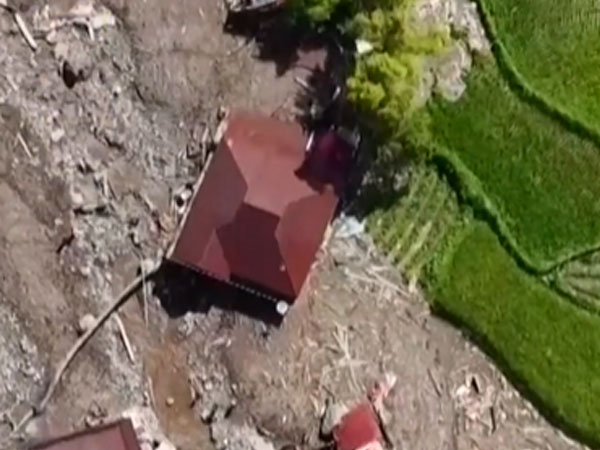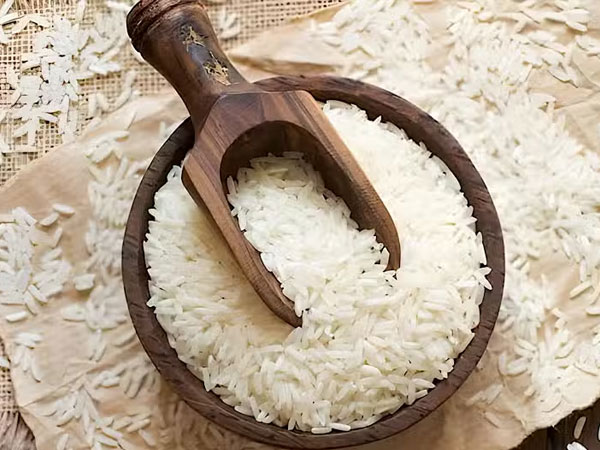 TOKYO -- A series of six surveys conducted by the Ministry of Agriculture, Forestry and Fisheries to examine the causes of the surge in rice prices have found no evidence of a "bottleneck in distribution" that the government had previously cited as a primary factor.
TOKYO -- A series of six surveys conducted by the Ministry of Agriculture, Forestry and Fisheries to examine the causes of the surge in rice prices have found no evidence of a "bottleneck in distribution" that the government had previously cited as a primary factor.
With branded rice prices remaining high, the ministry is investigating the possibility that demand for the staple exceeded expectations, disrupting the supply-demand balance.
The six surveys included an investigation of rice shipments, sales and inventory volumes of approximately 70,000 businesses across Japan registered with the government; interviews with retailers, food service businesses, ready-to-eat meal providers and food processors about distribution conditions; and a survey on milling yield rates. On the morning of July 30, the ministry reported the findings to its food subcommittee including experts.
The inventory survey, which targeted all businesses, was the first of its kind since the current rice distribution system began in 2004. It found that as of the end of June this year, inventory levels at Japan Agricultural Cooperatives (JA) and other collectors, retailers, and ready-to-eat and other food service businesses were all "about the same as the previous year." Wholesalers had 100,000 metric tons more inventory than 2024, partly due to the addition of government reserve rice, which was released into the Japanese market in large quantities through discretionary contracts.
The discounted government rice began appearing in stores at the end of May, and its release may have contributed to the reduction of excess inventory. However, branded rice remains expensive, with store prices still in the 4,000-yen range (about $27) for 5 kilograms. Initially, the ministry believed there was a distribution bottleneck caused by wholesalers holding onto inventory, but the causal relationship between this and price surges appears weak.
The Japanese government decided in January to release reserve rice through open competitive bidding to resolve what it saw as a distribution bottleneck. However, officials are now investigating the possibility that the surge in prices may not be due to distribution getting "stuck," as former farm minister Taku Eto suggested, but rather due to rice demand growing significantly beyond government expectations coupled with high temperatures affecting brown rice quality, resulting in reduced supply after milling.
The agriculture ministry has deemed it necessary to revise the supply-demand outlook for rice. It has accordingly postponed the release of the demand forecast for staple rice for the coming year, which it normally puts out in late July.
As a reference figure, the demand for the year ending this June was reported to be 7.11 million metric tons. As of the end of June, private sector inventory levels (including reserve rice) stood at 1.57 million tons, indicating rice stock is hovering at a significantly lower level than the 1.8-million- to 2-million-ton industry standard under which no shortages are perceived.
(Japanese original by Hajime Nakatsugawa and Toru Watanabe, Tokyo Business News Department)














© Copyright 2025 The SSResource Media.
All rights reserved.